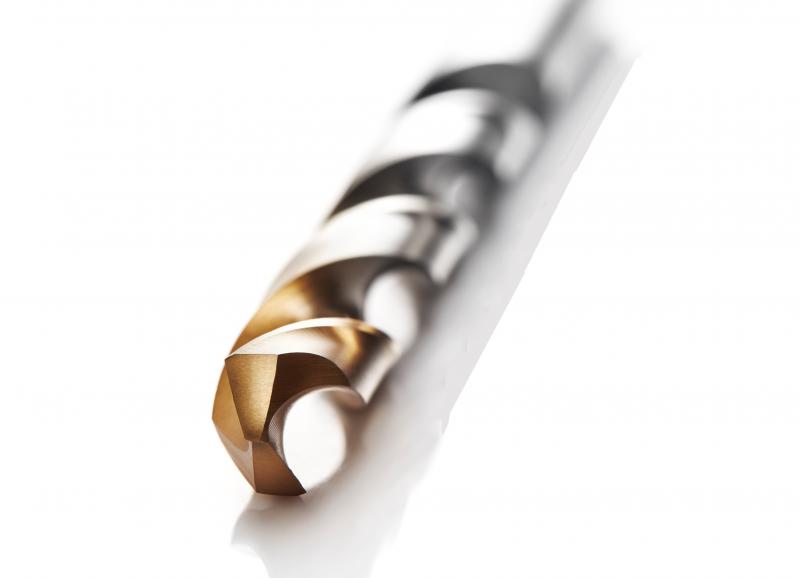
The increase is supported by a steady demand from key segments, such as automotive and construction, as well as heavy electrical and industrial equipment. Ricky Payling, product strategy manager for round tools at Dormer Pramet, looks at why HSS remains a popular option.
Despite the growing competition from solid carbide, HSS continues to be popular with manufacturers due to its high wear resistance and excellent hardness and toughness properties.
HSS cutting tools are best suited to mass production environments where tool life, versatility, productivity and cost are of the highest importance to an end-user. It therefore still has a major part to play in efficient and reliable machining of many components.
To support the growing worldwide demand for HSS, cutting tool manufacturers have committed extensive resources to this segment. This includes increased investment in not just new product development but also research and development activities.
This has led to HSS tools becoming more reliable with a reduction in the number of defects, lower production costs and shorter lead times. The addition of improved substrates, including powder metallurgy and coatings have been instrumental in further enhancing performance.
Across Dormer’s range of round tools there are currently four different material types available; High Speed Steel (HSS), High Speed Cobalt (HSS-E), High Speed Steel / Carbide (HSS HM) and HSS-E Powder Metallurgy Steel (HSS-E PM). These materials are used across our assortment of drills, countersinks, reamers, taps and milling cutters.
Advantages
HSS tools can resist vibrations, whatever the type of machine tool, even if rigidity has been lost over time and regardless of work-piece clamping conditions. It can prevent mechanical shocks at tooth level in milling operations and cope with varying lubrication conditions which may result in thermal changes.
Also, thanks to the unique strength of High Speed Steels, tool manufacturers can produce extremely sharp cutting edges. This make it easier to machine difficult materials, offers less work hardening of austenitic stainless steels and nickel alloys, gives a better surface quality and tolerances of machined parts.
Coatings and substrates
HSS may be an established cutting tool material, but it does not mean it has not been subject to constant development and improvements since it was first used back in the late 19th Century. Dormer Pramet’s range of HSS substrates, for example, is anything but outdated. We have invested in powder technology to develop a material that provides better results.
HSS-E with powder metallurgy offers a higher content of alloy elements and a combination of unique properties to improve toughness, wear resistance and hardness. Using HSS-E-PM prolongs tool life, makes it more predictable, improves feed and speed performance, as well as helps reduce chipping problems.
The most recent application of this powdered metallurgy technology is in Dormer’s Shark Line taps. They are manufactured from a HSS-E-PM substrate, specifically developed for taps to give the additional toughness required, consistently stable properties and superior grind-ability compared to conventional high-speed steels.
Coatings considerably improve tool life and further boost the performance of HSS tools in environments where productivity and speed and feed rates are high, as well as in dry operations and for machining of difficult materials.
Summary
In an age where users require reliable, consistent, versatile tools at a cost-effective price, High Speed Steel is still the ideal choice for many applications. As such, it can still hold its own in the market place against younger and more technically advanced materials.
If anything, HSS has over the many years become stronger, by adapting itself with new coatings, adjusting its composition and adding new technology, all helping to retain its position as a vital material in the metal cutting industry.
Marki













